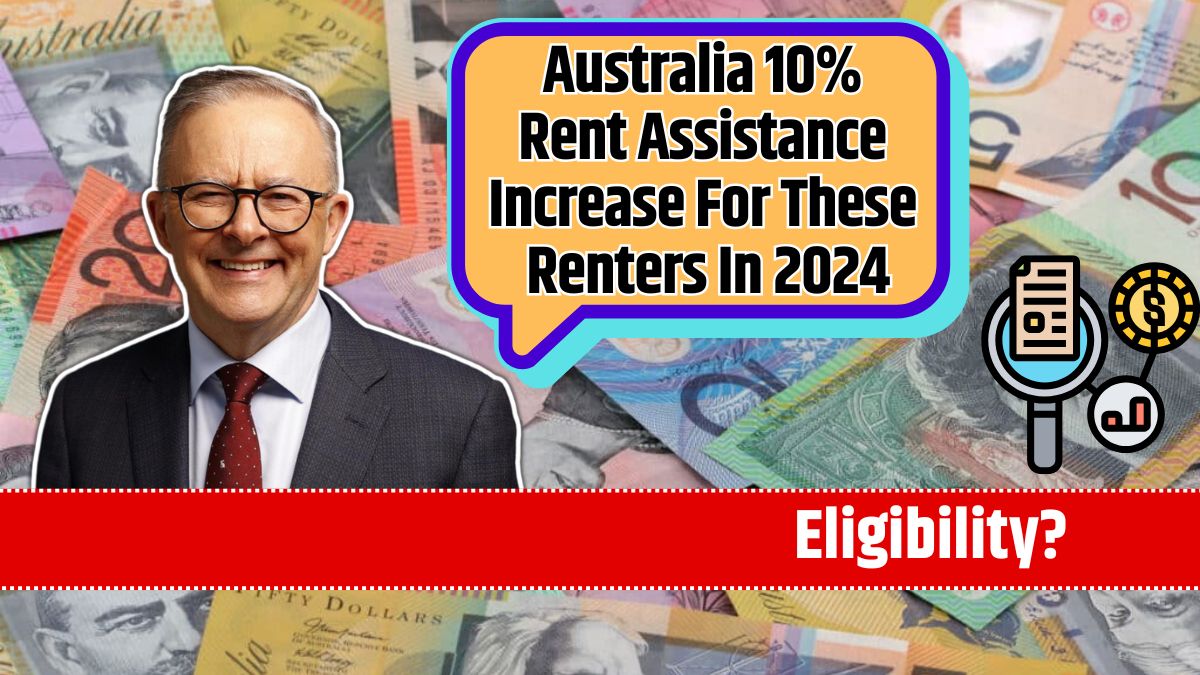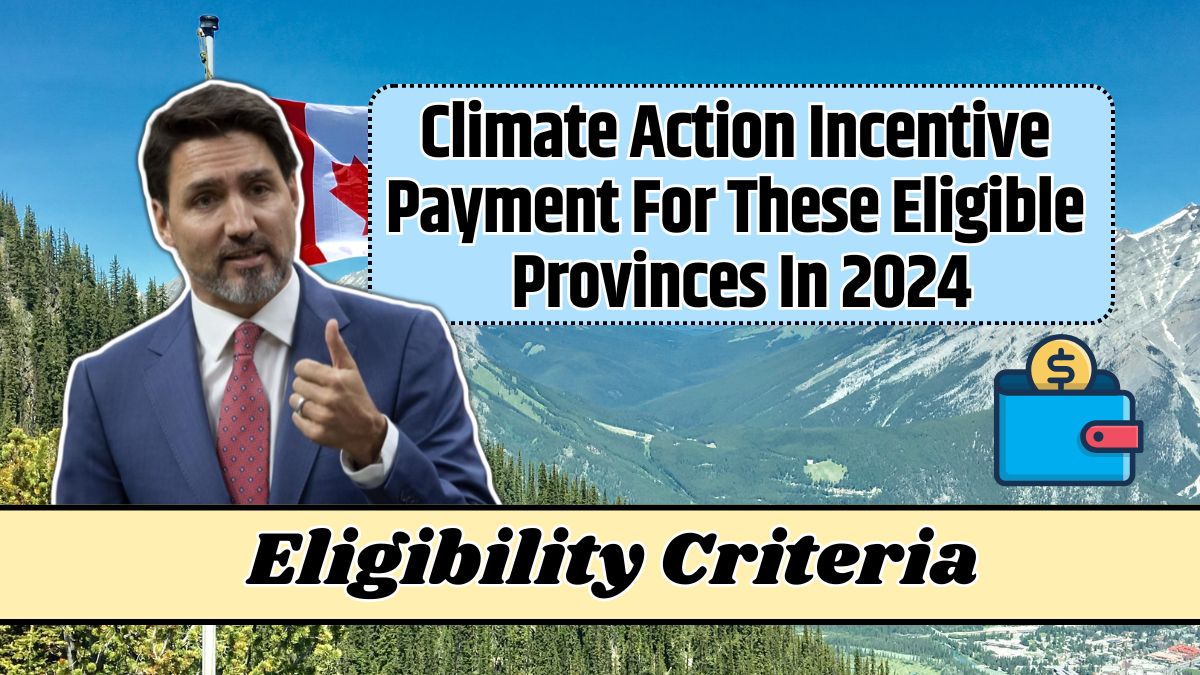Planning for retirement in Canada means understanding how to get the most out of the Canada Pension Plan (CPP). If the idea of receiving the maximum monthly payout of $2,100 excites you, then it’s time to crunch some numbers.
While the CPP is a great safety net, hitting the maximum benefit requires careful planning, steady earnings, and years of consistent contributions. Let’s break down what it takes to achieve this goal.
Basics
The CPP is a mandatory contributory program that provides Canadians with retirement income. Contributions are based on your salary and are split between you and your employer. For the self-employed, you pay both portions.
While the CPP isn’t designed to replace your entire pre-retirement income, it can replace about 25%, depending on your work history and contributions.
The maximum CPP benefit of $2,100 (as of 2024) sounds impressive, but only a small percentage of Canadians qualify for it. Why? Because earning the maximum requires meeting strict criteria, which we’ll explore below.
Maximum
To receive $2,100 per month, you need to consistently contribute the maximum allowable amount for at least 39 years. The key factors are:
Salary Threshold
In 2024, the maximum pensionable earnings are capped at $68,500. This is the magic number. To contribute the maximum to CPP, your annual earnings must meet or exceed this figure. Anything above this limit isn’t factored into the CPP calculation, and if you earn less, your contributions – and eventual benefits – will be lower.
Contribution Timeline
Consistency is king. To hit the maximum benefit, you must contribute at the top level for at least 39 years. Any breaks in employment or years where your earnings fall below the threshold can drag down your potential CPP benefit.
Retirement Age
When you start collecting your CPP also plays a big role:
- Early Retirement (before 65): Payments are reduced by 0.6% per month, up to a maximum reduction of 36% if you start at age 60.
- Delaying Benefits (after 65): Payments are boosted by 0.7% per month, maxing out at a 42% increase if you wait until age 70.
If you’re aiming for $2,100, delaying your CPP payments until 70 can give you a significant edge.
Contribution Details
Your annual CPP contributions are calculated based on your earnings between a set minimum and the maximum limit ($68,500 in 2024).
- Employee Contribution: $3,867.50
- Employer Contribution: $3,867.50 (matched)
- Self-Employed Contribution: $7,735.00
For employees, your employer covers half the contribution. But if you’re self-employed, you’re responsible for the full amount, making it a more significant financial commitment.
Example: Salary at $68,500
If you’re earning $68,500 annually from age 30 to 65, contributing consistently, and delaying benefits until 70, you’d likely qualify for the maximum CPP payout. However, interruptions like career breaks, caregiving, or salary dips below the maximum pensionable earnings could lower your benefits.
Tips to Maximize CPP
Work Longer
The longer you contribute, the higher your potential benefit. Aim for at least 39 years of maximum contributions.
Delay CPP Payments
Waiting until age 70 can boost your monthly payout by 42%, significantly increasing your retirement income.
Protect Contributions During Breaks
The CPP offers provisions for periods like child-rearing years, which can exclude those years from your contribution calculation, preventing a dip in your average.
Stay Consistent
If you’re self-employed, paying both portions of CPP contributions is challenging but essential. Make regular contributions a priority.
Plan Ahead
Incorporate CPP planning into your overall retirement strategy. Consider additional savings options like RRSPs or TFSAs to complement your CPP.
| Requirement | Details |
|---|---|
| Maximum Monthly Benefit | $2,100 |
| Annual Salary Needed | $68,500 or higher |
| Years of Contributions | At least 39 years |
| Boost for Delayed Benefits | Up to 42% (starting at age 70) |
| Early Benefit Penalty | 0.6% per month (up to 36% reduction) |
Hitting the maximum CPP is challenging but not impossible. It takes consistent earnings, strategic retirement planning, and an understanding of how the system works.
If you’re not on track for the full $2,100, don’t worry—making smaller, strategic changes today can still help you enjoy a more comfortable retirement.













